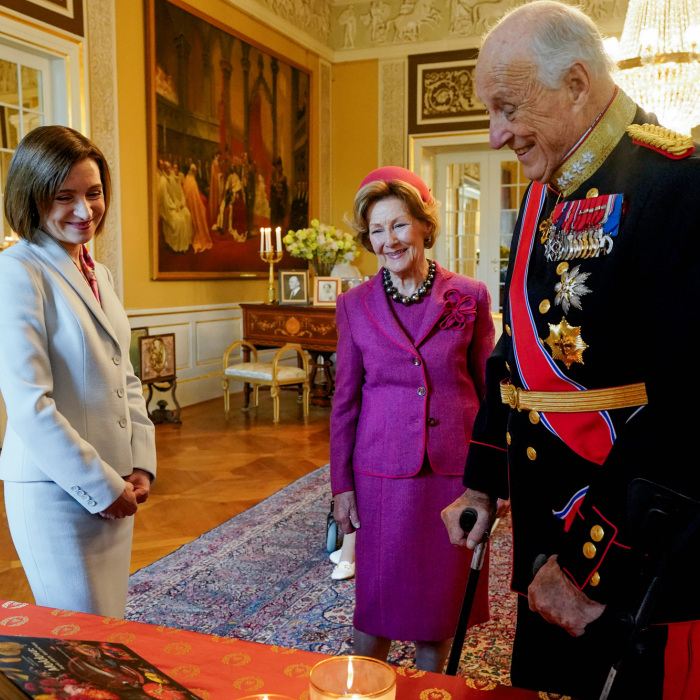Lecture on the Millennium Development Goals
Today His Royal Highness Crown Prince Haakon held a lecture at Kathmandu University on the current status of the UN Millennium Development Goals. The day’s programme began with a visit to Bheri Technical School, where former combatants receive vocational training.
A civil conflict broke out in Nepal in 1996. For 10 years the army of the Communist Party of Nepal – Maoist fought national security forces until a ceasefire was reached in 2006. The drafting of a new constitution and the reintegration of former combatants in the Maoist army into civil society are key components of the efforts underway to rebuild Nepal.
Return to civilian life
Bheri Technical School in Nepalgunj provides vocational training to ex-combatants who were very young when the fighting was going on. Crown Prince Haakon and the Administrator of UNDP, Ms Helen Clark, met with a group of young adults who had received education and training at the school and who are now running their own businesses. Two own beauty salons, one has a retail shop and four others run maintenance and repair shops for bicycles, motorcycles and mobile phones, respectively.
The Crown Prince and Ms Clark had the opportunity to learn more about how these young people experience their own situation and the training they had received and how they view their future in a peaceful civil society.
Lecture on the Millennium Development Goals
After meeting with the former combatants, Crown Prince Haakon travelled to Kathmandu University, where he held a lecture on the UN Millennium Development Goals (see the fact box to the right).
The Crown Prince gave the audience of some 240 students an overview of where the world in general – and Nepal in particular – stands in terms of meeting the targets under the Millennium Development Goals (MDG) by 2015. There is a need for intensified and continued efforts in several areas, but it appears that Nepal is on track to achieve several MDG: child mortality has been reduced considerably and fewer women die in childbirth. Work to achieve universal primary education is also well underway. The greatest uncertainty is associated with the country’s ability to meet MDG 7 on environmental sustainability.
When it comes to the general goal of eradicating extreme poverty and hunger, the percentage of the population living under the poverty line in Nepal has been reduced from 42 per cent to 25 per cent in the period from 1995 to 2010.
Reception
The day’s programme concluded with a reception hosted by UNDP Nepal, where the Crown Prince met many of UNDP’s Nepalese partners in cooperation. The Crown Prince also gave a brief speech in which he highlighted the tangible results of the projects he had visited in the past three days.
About the UN Millennium Development Goals
In 2000 all the countries in the world agreed to establish common goals to eradicate poverty, and eight Millennium Development Goals (MDG) were formulated.
The general goal – MDG 1 – was to eradicate extreme poverty and hunger. The first of three targets under the goal was to halve, between 1990 and 2015, the proportion of people whose income is less than USD 1 a day.
The eight MDG were to:
- Eradicate extreme poverty and hunger
- Achieve universal primary education
- Promote gender equality and empower women
- Reduce child mortality
- Improve maternal health
- Combat HIV/AIDS, malaria and other diseases
- Ensure environmental sustainability
- Develop a global partnership for development
At the end of 2015, significant progress had been made in all eight areas, and the countries of the world decided on 17 new goals - the Sustainable Development Goals.
Current news

State visit from Moldova
Moldova's President, Her Excellency Ms Maia Sandu, began her state visit to Norway on Monday. His Majesty The King and Her Majesty The Queen are hosting the visit, and the President was welcomed with a formal ceremony in the Palace Square.

The Crown Prince in the US
His Royal Highness Crown Prince Haakon concluded a four-day visit to the US Thursday. The visit went to the states of California and Washington, and several hundred Norwegian business actors accompanied him on the journey.

 Enlarge
Enlarge